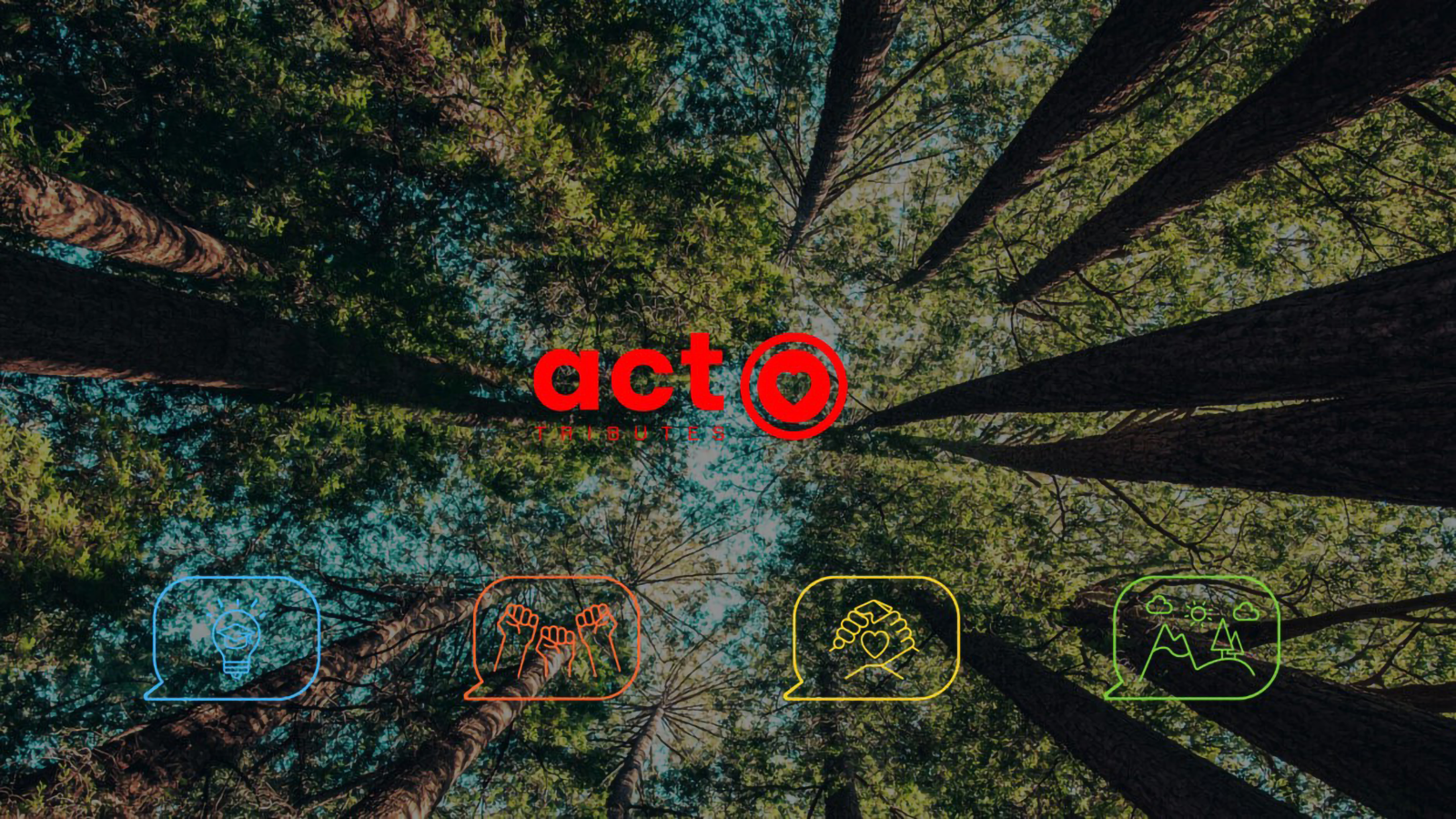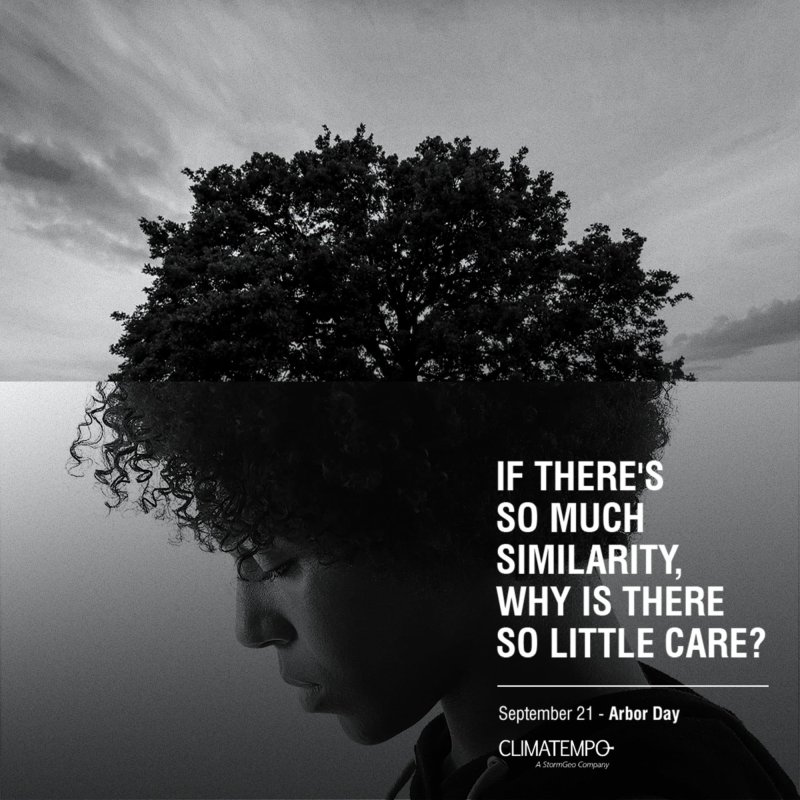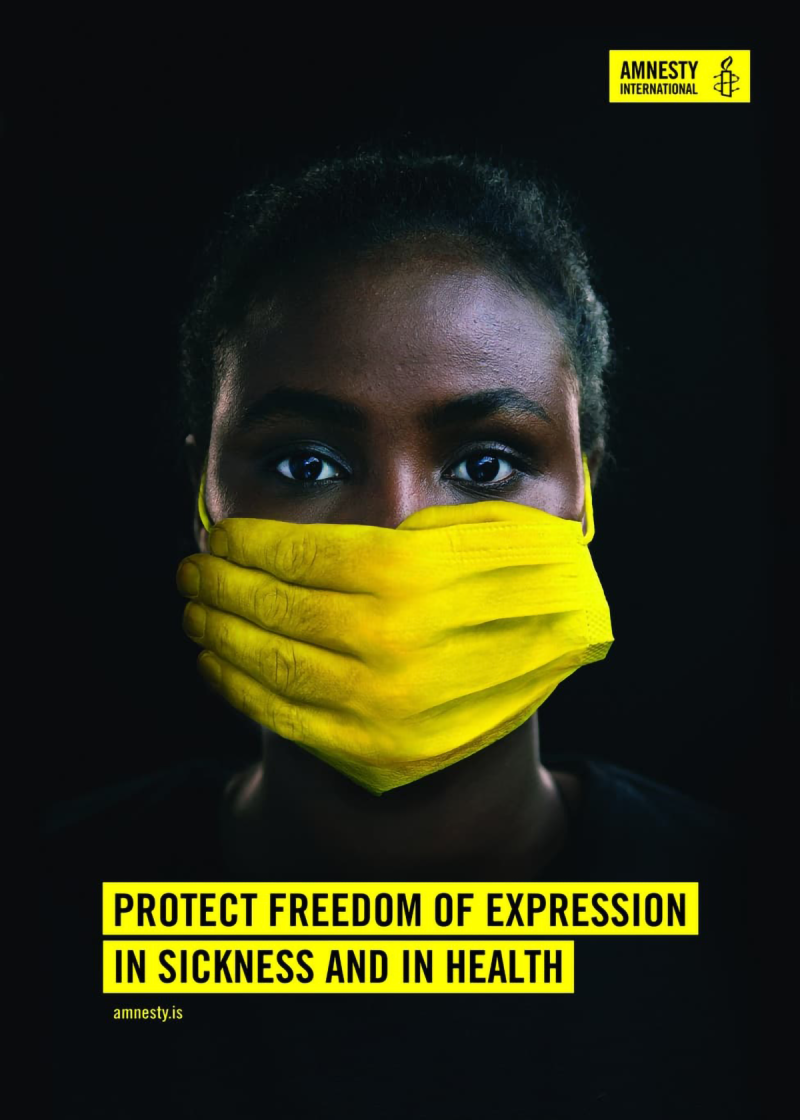Great Ads for Good 2021

How did the Great Ads for Good exhibition go this year?
We opted for a digital exhibition allowing people from all over the world to visit from home. Through this platform, created by e-artsup School of Design students, visitors could easily navigate the exhibition and discover the latest creative ideas for Good. The exhibition presented 86 campaigns, created by 67 individual agencies from 29 countries. Among the 81 represented advertisers, 48 were non-profit organisations, 12 were institutions and government bodies, and 21 were corporations.
Which topics stood out?
We had four main galleries: Solidarity, Education, Human Rights, and Environment.
Solidarity counted on many campaigns raising awareness about the “forgotten ones” of the pandemic like homeless, deaf, physically or mentally disabled people, or even the topic of mental health. Education addressed health and personal safety, especially regarding COVID-19. The Human Rights subject gathered a great proportion of the exhibition on social, racial, and gender diversity points with campaigns fighting systemized prejudice and discrimination in all its forms. And finally, the last topic Environment: the oceans take up an important place here, with the issue of plastic pollution back on the forefront because of the huge increase in single-use products consumption. Forest loss was also a big focus, as well as the health dangers of wildlife trade and industrial farming.
What was different from the past years in terms of voice, creativity and format?
There was really a great involvement this year, agencies were eager to communicate on what they’ve been working on. With the crisis, we’ve spent a lot of time at home and the digitalisation of the industry accelerated. Agencies’ had to adapt and evolve in terms of creation process, and CSR became an even bigger focus. This year, 32 out of the 36 Grands Prix winners at Cannes Lions were companies promoting responsible topics. Amongst them, NGOs were proportionally less represented than companies: a real change compared to the last 20 years.
Video was an obvious format in this context, with fewer print campaigns as people were not going out much – and to me, it was a shame as they tend to produce more impact and allow more creativity when communicating on social issues.
THIS YEAR, 32 OF THE 36 GRANDS PRIX WINNERS AT CANNES LIONS WERE COMPANIES PROMOTING RESPONSIBLE TOPICS
Focusing on the environmental issues, what trends caught your attention?

Two years ago, plastic waste was a big focus, overran last year by different environmental concerns. With the pandemic, plastic pollution has spread dramatically, with the boom of single-use items such as masks, gloves, etc. Hence this issue was brought back on the forefront in communications, along with its more invisible and less known counterpart: the microplastics. A campaign by Surfrider Foundation Europe and its partners from the Rethink Plastic Alliance denounces this issue with a worrying figure: there is 500 times more microplastic in the ocean than stars in our galaxy.
The issue of deforestation was a recurring topic as well. Australia, the United States and Brazil, among others, have faced devastating forest fires over the past year, the latter hitting its highest deforestation level since 2008. Between June 2019 and 2020 there’s been a 7% increase in deforestation. In Portfugal, a WWF campaign created by FCB Lisbon gave form to the wildfires tragedy that burn rvery summer a huge portion of Portuguese forests. A renowned designer created the Pyros Collection, transforming burnt wood into unique items of furniture. A piece was even delivered to the minister of environment to push the government for concrete measures.
NGOs are of course the reference when it comes to communicating around social and environmental issues. They identify the most pressing topics to cover, and the right tone to use. Companies tend to have a more educative tone.
What about social thematics?
Many campaigns from our Solidarity gallery are linked to the pandemic, demonstrating our societies’ willingness to come together and provide support in times of crisis.
But it doesn’t stop there, inclusiveness and diversity continue to make their way in the corporate world. The gallery Education addresses gender equality that is not only taking a more important place in advertising, but the angle is also changing and getting more in-depth.
These are just a few examples of the challenges that are represented in the featured campaigns this year.
The campaigns you present are not only campaigns to raise awareness on certain issues, but also to highlight positive social, solidarity or environmental innovations. How do you do a selection?
Every year we identify 1000 campaigns, and then we contact around 600 of them to show support to these agencies that address CSR issues. One third of the campaigns or messages we receive are from small agencies that have worked hard to launch their campaign.
With the committee in place at ACT, we see what’s interesting in the idea behind a campaign and not necessarily focus on the execution part. We are often told that the featured campaigns don’t have the same creative standard, and this is true. We have small creative members, but also larger groups. Smaller campaigns can be more genuine in the inspiring messages they convey. We see larger groups are more and more keen to send us their campaigns, which really shows the growing attention to CSR subjects and the place it’s taking in the communication world.
What do you think is the right balance between companies taking part in the discussion and NGOs?

Today we expect companies and brands to communicate and take up the CSR topic. But the problem is that in some cases, they communicate a lot but don’t do much behind the scenes.
Frontiers are becoming more and more blurry, and it can really be for the better. Industries used to be isolated into specific sectors and today we have more porosity. For instance, we see Renault making music. Corona, the beer brand, has been committed to cleaning up beaches for years; Starbucks supports the LGBTQ+ community in the US and they’ve created meeting places with local lawyers to help those who wish to change their names.
The balance in creating a connection between the company’s mission and its charity work has become a mainstream concern, and some companies even rely on dedicated CSR teams now. Which is a good sign companies are really thinking and working on their societal role.
However, we need more concrete, measured facts and this is only possible through labelling and measurement tools that are emerging as well as identifying social & environmental KPIs.
Who has the power to change things?
I believe it’s a combination of both, small players and large groups. The fact is that the larger ones are followed, they have the will to go there because they believe in change and so do their clients. The smaller ones are more agile on certain subjects, more creative, sometimes even more daring. It’s all about balance between both players.
What’s coming next on your end?
We are launching in September the first Global Survey about Corporate Responsibility in the Advertising Industry, powered by Nielsen Co.
Between the climate emergency, the context of social polarisation, and the current pandemic, Corporate Responsibility has taken a predominant place in advertising. The goal of the survey is to collect information on how agencies embrace their corporate responsibilities as economic, social, and environmental actors in order to reveal the state of the industry’s ‘Responsibility Programs’ and create a benchmark for future progress.
We want to highlight the good practices in place to encourage a systemic change, and, with the help of all the Advertising community, provide feedback and guidelines on how to take the next step.
To participate in the survey and receive subsequent reports, please register here.
Isabel Kurata, Co-founder at ACT Responsible